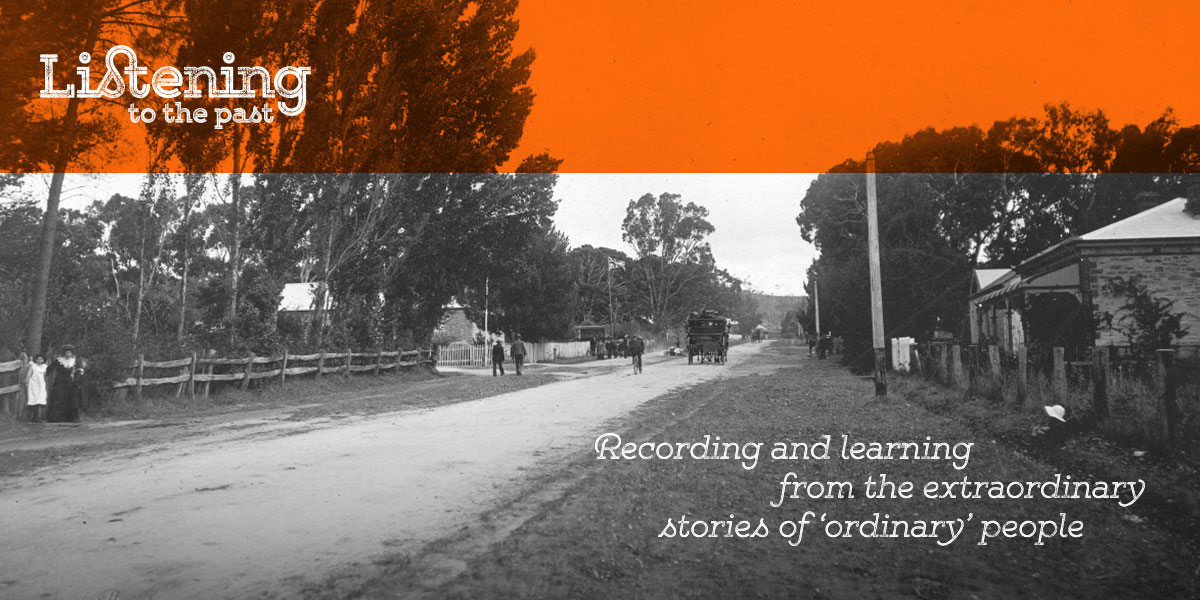Barbecues were some of the most frequent social events in Woomera. Often they were held in backyards.
Terry Clark, who lived in Woomera in the 1960s and 70s, recalled in an oral history interview one particular barbecue that had an unexpected outcome:
There was a rubbish dump just out of Woomera which people used to go and visit to pick up stuff and collect stuff which was dumped by the Department. And one guy went out there one day and found this fantastic barbecue plate – steel – so he took it home, built himself a barbecue, invited all his friends around and they all got sick.
The steel plate which he’d pinched off the dump was cadmium-plated. Fortunately the chemist there recognised the poisoning of the cadmium, and he had some drugs on board to look after one or two people but not a whole group who’d all been cadmium-plated. So he got flown up [by the] Flying Doctor Service from Adelaide the antidote for this cadmium plating, which everyone had got on their chops and sausages and the dog got as well.”
Where does cadmium come from?

Pure cadmium. Source: Hi-Res Images of Chemical Elements. CC BY 3.0.
Cadmium is a naturally occurring element. It is a soft, bluish-silvery metal. Its chemical properties are similar to zinc, and it is located immediately below zinc in the periodic table.
Cadmium is resistant to corrosion, and for that reason it was widely used to coat steel, as in the metal sheet that was found in the Woomera dump.
Tableware and other metal goods used to be coated with cadmium in the 1920s to protect them from corrosion. However acids from foods – such as citric, tartaric and acetic acids – dissolved the cadmium into the food and caused poisoning. Cadmium plating of water and food containers has since been prohibited.
The effects of cadmium
Cadmium is toxic to humans. Poisoning usually occurs either by ingesting it, as at the Woomera barbecue, or by inhalation. The most common source of cadmium inhalation is in cigarette smoke. Cadmium inhalation also used to be associated with particular jobs such as production of cadmium alloys, welding that involved cadmium-coated steel, and cadmium smelting and refining.
If it is ingested in high doses, cadmium can irritate the lining of the stomach, and cause salivation, nausea, vomiting, abdominal cramps and pain, and diarrhoea. Fortunately one can recover from acute poisoning with no side effects, as long as the dose is not too high.
How is it treated?
Whilst we do not know exactly what was used to treat those who suffered cadmium-poisoning at the Woomera barbecue, it may have been a type of chemical called a chelate. Chelating agents bind to toxic metal ions to form complex structures that can be excreted from the body. Once the cadmium is in the complex with the chelating agent, it can no longer bind to proteins in cells and interfere with their function.
Acute cadmium poisoning by ingestion can also treated by emesis (vomiting) or gastric lavage (cleaning out the contents of the stomach).
Vivid hues of cadmium
Cadmium is not all bad – in fact it has indirectly provided millions of people with much pleasure.

Van Gogh’s painting, Flowers in a blue vase, June 1887. He used cadmium yellow for the yellow flowers.
Find out more…
You can read more surprising stories about life in Woomera here.
References:
Agency for Toxic Substances and Disease Registry Case Studies in Environmental Medicine (CSEM). (2008). Cadmium Toxicity.
Agency for Toxic Substances and Disease Registry (ATSDR). (2012). Toxicological profile for Cadmium. Atlanta, GA: U.S. Department of Health and Human Services, Public Health Service.
Cauderlier, A. (2006). The Colours of Monet. In Claude Monet Life and Art.
Douma, M., curator. (2008). Cadmium yellow/red. In Pigments through the Ages.
Dressler, J. et al. (2002). Lethal manganese-cadmium intoxication. A case report. Archives of Toxicology 76: 449–451.
Flora, JS and Pachairo, V (2010). Chelation in Metal Intoxication. International Journal of Environmental Research and Public Health. 7, 2745-2788
Robinson, P. (2013). Spotlight on Cadmium Red. Windsor and Newton.
Royal Society of Chemistry. (2017). Cadmium – element information, properties and uses. In Periodic Table.
Quote from oral history interview with Terry Clark for the Life in Woomera Oral History Project, courtesy of the State Library of South Australia (OH 1123/4).
